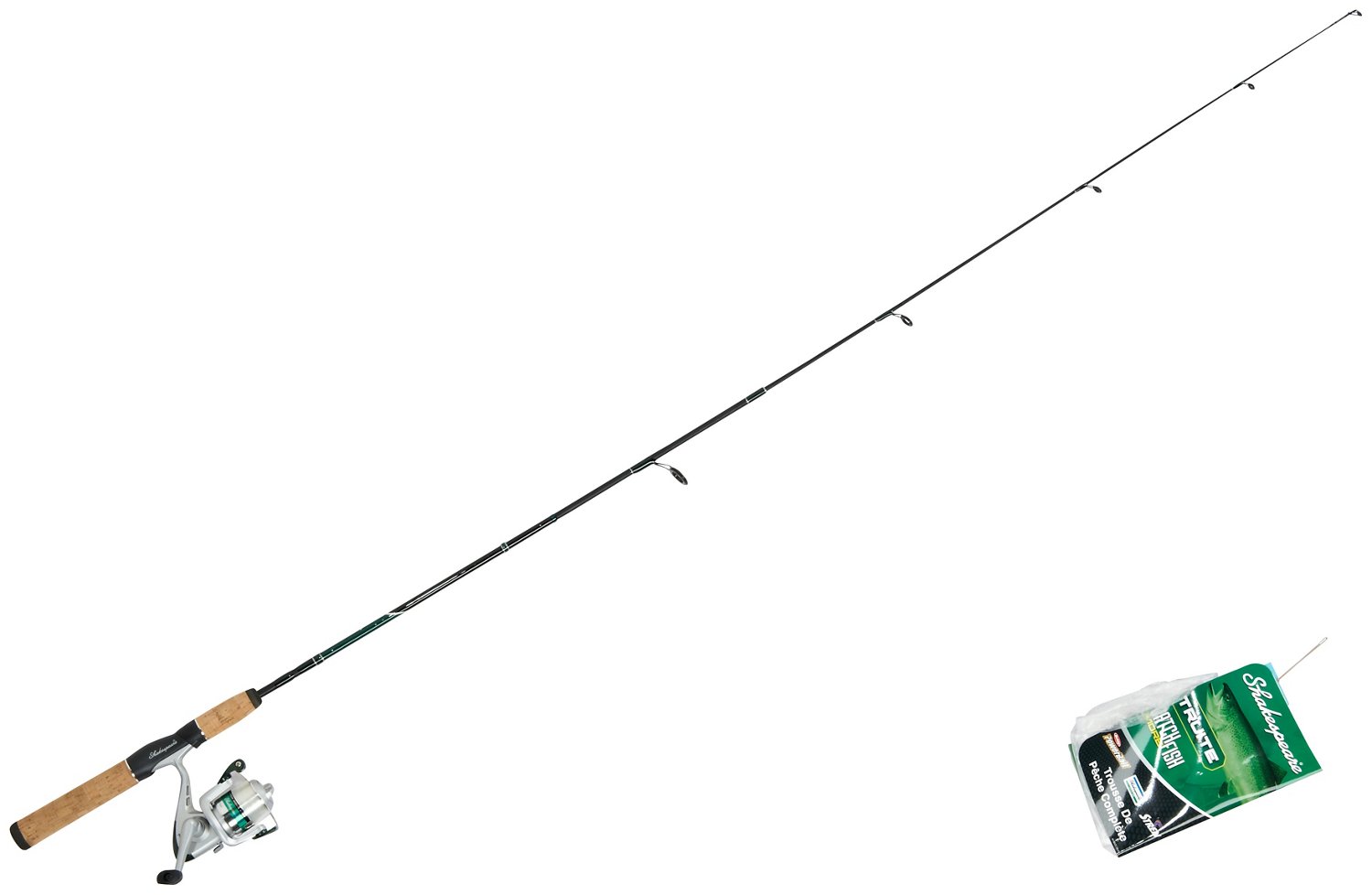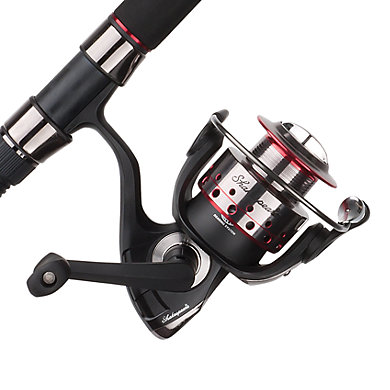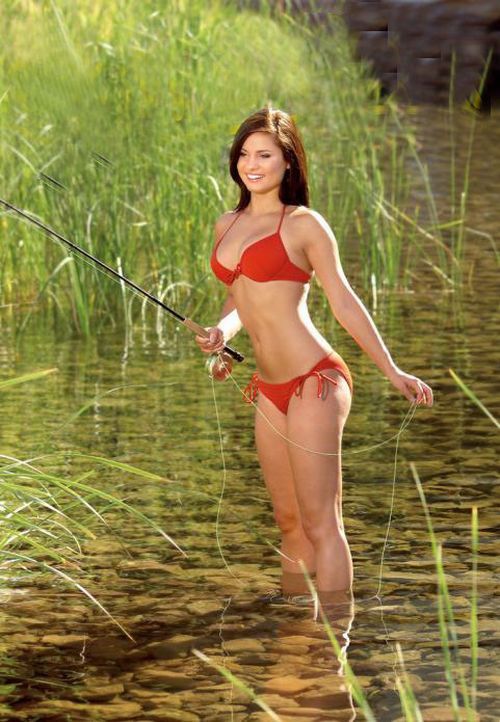Welcome to
Trout Fishing For Beginners
Simple fishing tips for the new angler.
Get started with the adequate equipment for few money. It’s cheap and easy, but most important is that it is fun.
There are many different ways of fishing, but we will focus on one of the most simple angler methods to get started as an angler. This guide will be based on trout fishing in ponds with a spinning rod which is a good way to get started and get success.
This guide will also try to keep down to the basics of what you need to bring on a fishing trip.
What do I need for trout fishing?
The adequate and efficient beginner equipment for trout fishing:
Fishing rod with a reel;
Fishing line;
A few J hooks;
A sinker;
A float;
Nightcrawler worms from the garden or Power Bait
If you want to know more about some of the equipment, then you can go to Trout Fishing Gear and find an explanation.
Here is a collection of fishing gear that you can buy online, that is cheap but good for starting trout fishing.
Where to find trout?
A good place to start when you want to fish trout as a beginner is a pond. In most countries there are ponds that is maintained and where trout are put in to keep upholding a good number of trout’s for the anglers. Often you will have to pay to fish in this places, but it has a great advantages for you as a beginner. These kind of ponds always have a good amount of trout and in good sizes too. Some of these ponds are also equipped with facilities where you can clean the fish, toilets and barbecue equipment.
Find the trout in the pond!
It is important to pick the right spot to fish from. If you stand at the wrong spot you will probably not have much luck even if you are using the right bait. There are several aspects that you can take into consideration when choosing the fishing spot, but here are the 3 main rules:
The wind should blow against you when you look to the water.
Find a spot where there are hiding places for the trout like shadow, leaves, rocks and deep water. (Deeper water often holds bigger fish on the bottom)
Curves that goes into the shore like a small bay.
How to setup your fishing gear?
Open your reel by flicking up the bail (metal peace on the top of the reel), and then take the fishing line and run it trough the eyes (rings) on the fishing rod from the bottom to the top.
Close your fishing reel again by flicking down the bail to prevent more line traveling off the reel.
Now slide on the float by putting the line trough the whole starting from the wide end to the thin end.
Move the float about 23 inches/ 60 cm up on the line and fasten it by putting in the pen that you pulled out.
Put on a sinker about 4 inches/ 10 cm under the float.
Attach a hook to the end of the fishing line with a knot as shown in the page Fishing Knots.
Finally you just need to take a nightcrawler worm and put it on the hook. Bring the hook trough the worm 2 to 3 times to ensure that it doesn’t fall off. Another way to put the worm on is to stick its head on to the hook and slide the hook trough its body.
One last thing you should do before trout fishing is to set up the drag on the fishing reel. The drag makes sure that if the trout fish pull hard on the line, then the reel automatically feeds some line to ensure that the line or rod does not break by the pull. To adjust the drag you turn on the top or bottom of the reel to loosen or strengthen the pull on the line. Test the pull with your hand. A firm hand should be able to drag the line.
How to cast out?
To cast out you need to hold your finger on the fishing line just above the reel. Then you open your reel by flicking up the bail to release the fishing line. As you swing the fishing rod towards the water you release the fishing line with your finger, and the hook and floater will be cast to the water. When it has landed you will need to close the fishing reel again by flicking down the bail. Now you can reel in the fishing line that is hanging loose so that you have a fairly straight line from the fishing rod to your float. Now you are trout fishing!
How to land your trout fish?
When your float goes under water, then it means that a trout is eating from your hook. This does not mean that you have the trout on the hook, but only that it is eating from it. When the float goes under water, then you need to strike. Pull firmly up on your fishing rod from horizontal to vertical position. If you get the trout on the hook you will feel that the fishing rod stay bended and you feel a constant pull in the line. Now it is important that you keep this pull on the line to make it impossible for the trout to shake the hook of. Don’t be alarmed if the fish is dragging some line, that’s just the drag on the reel that is making sure that the line does not break. When the trout gets tired enough then you will be able to drag it to shore and land it in a net or drag it out of the water.
Unhooking the trout!
Use a pliers tool to take out the hook from the trout mouth. It is easiest to hold a trout still with a cloth, as it is very slippery to hold with your bare hands.















